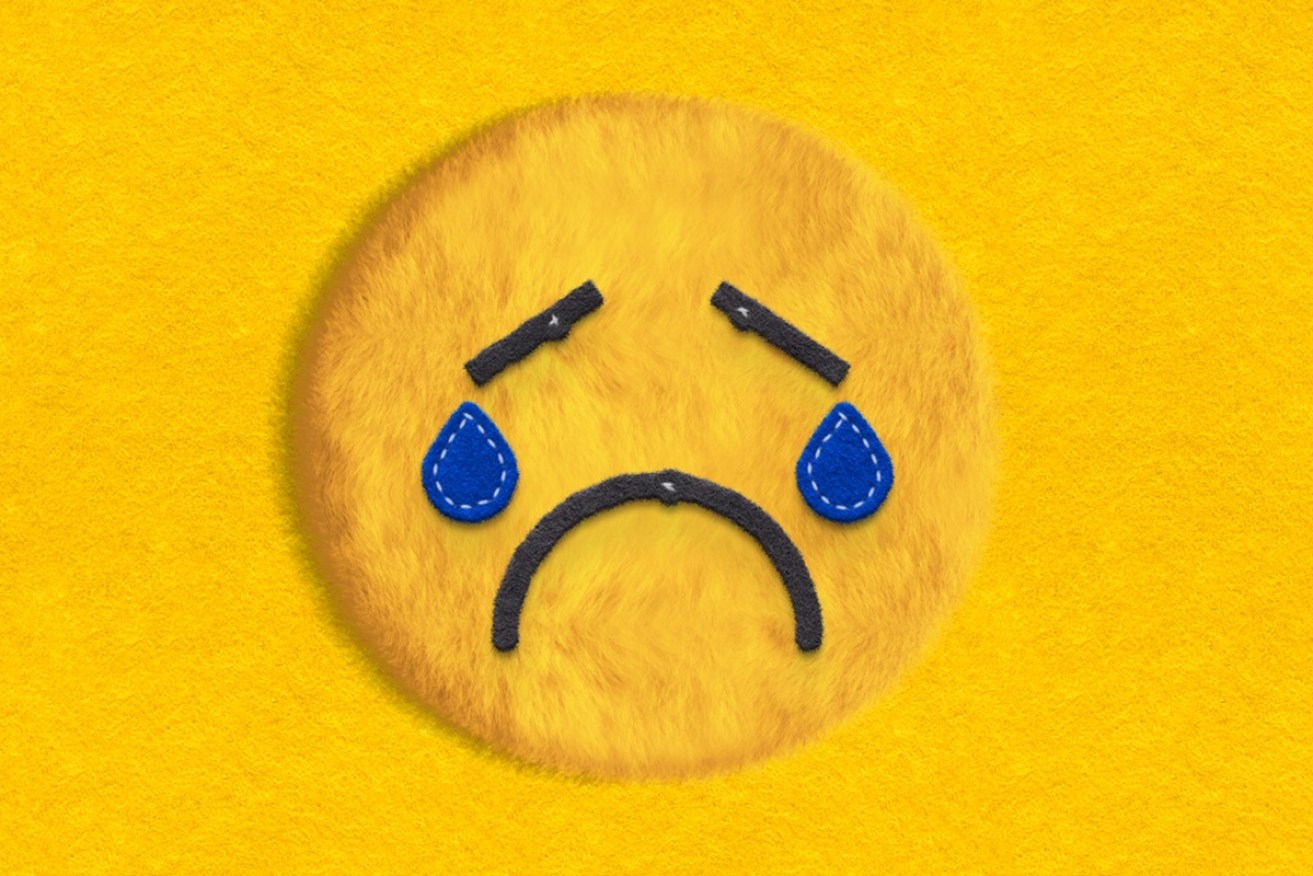People who use emojis in workplace seen as ‘less powerful’


People who communicate with smiley faces are seen as having no authority. Photo: Getty
When the mainstream news media began its desperate struggle to transform and survive the global digital takeover, the message journalists were told, repeatedly, was something like this:
“Words are dead. Use fewer words and make them simple words. Use images instead when telling a story to communicate. Images are more powerful than words.”
This came in tandem with the rise of the emoji, meme, selfie and zany video shared on social media.
To signify this momentous shift, all you needed was a loud visual (and a few words):

So powerful, right?
Yeah.
Well, maybe not.
New study suggests otherwise
A new study from Tel Aviv University’s Coller School of Management has found: “If you wish to signal power to your colleagues, your boss, or your subordinates, you should consider reducing your use of pictures and emojis in favour of words.”
In case you missed it, this is research from business nerds.
The researchers found that “employees who use pictures and emojis in their emails or Zoom profiles, or even company pictorial logos on T-shirts, are perceived as less powerful than those who use words”.
The researchers examined the response of American participants to verbal versus pictorial messages in different, everyday contexts.
In a typical experiment (there seemed to be many involving T-shirts, participants were asked to imagine attending a retreat of a company called Lotus.
Half were told that a female employee had chosen a T-shirt with the verbal logo LOTUS, while the other half were told that she had chosen the visual logo, “a minimalistic picture of the lotus flower”.
The respondents attributed more power to the employee who had chosen the verbal logo.
In an office context
In another experiment, participants were asked to choose “one of two co-participants to represent them in a competitive game that suited people with high social power”.
One co-participant had purportedly chosen to represent themselves with a pictorial profile, while the other had purportedly chosen to represent themselves with a verbal profile.
Sixty two per cent of the participants selected the co-participant who chose to represent themselves with a verbal profile.

Pictures instead of words – a trend that’s making a comeback.
Thus, the researchers conclude, “employees who signal power by using words are more likely to be selected to powerful positions, compared to those who signal weakness by using pictures”.
It’s an interesting idea, but the conclusion here seems a little overblown.
What’s really going on here?
According to the researchers, “today we are all accustomed to communicating with pictures, and the social networks make it both easy and fun. Our findings, however, raise a red flag: In some situations, especially in a work or business environment, this practice may be costly, because it signals low power.
“Our advice: Think twice before sending a picture or emoji to people in your organisation, or in any other context in which you wish to be perceived as powerful.”
Co-author of the study Dr Elinor Amit said that people who signal or communicate in pictures are perceived as being of low power because “visual messages are often interpreted as a … desire for social proximity”.
She said previous research had shown “that less powerful people desire social proximity more than powerful people do”.
Presumably, Dr Amit is talking about social proximity in an office context.
Well, sure. If you’re well up the totem pole, you want to be left alone in your private office sharpening your pencils and setting fire to spreadsheets.
Consequently, Dr Amit said, “signalling that you’d like social proximity by using pictures is essentially signalling you’re less powerful”.
This is useful advice for people trying to climb into middle-management: swap your emojis for the executive biscuit tin.









